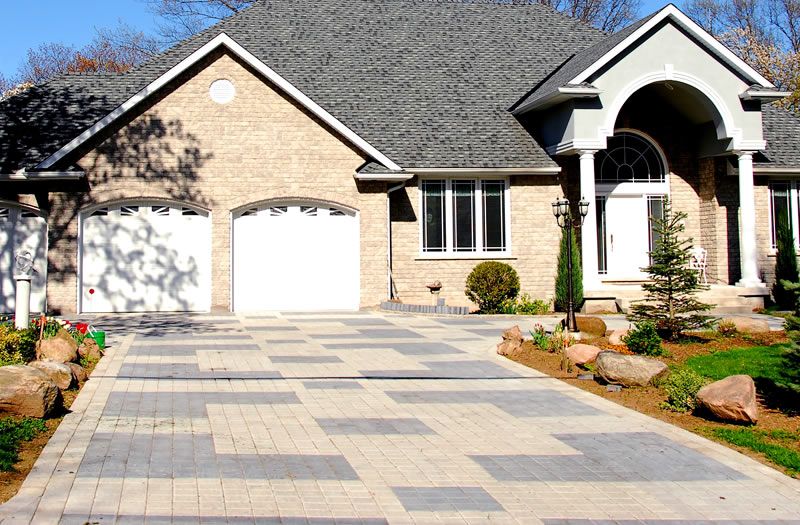Pavers are the brick-like slabs that you see on walkways, driveways, and patios. They provide a durable surface to minimize paver maintenance. To extend the life of your sanding pavers, you can seal brick pavers.
Brick pavers are the answer to low paver maintenance. They are ideal for places that will see heavy foot and vehicle traffic. These rugged brick pieces can lend the classic and timeless appearance to your walkways as well.
A joint-stabilizing sealer provides several benefits over conventional sealers. They can penetrate not just the brick pavers, but also the sand within the joint.

Resistant To Stains
Thanks to the sealer, your brick pavers will be more resistant to stains from spills, dirt, and oil. Sealed brick pavers also have a higher resistance to discoloration brought about by UV rays.
Sealers also have different levels of gloss to give you the look that you desire. You can select a range of finishings from matte to high gloss.
You can stop the growth of troublesome weed between joints by using joint stabilizer sealers. These sealers work by penetrating into the sand joint to harden it. The joint will then have greater resistance against wind, rain and the elements.
Paver Maintenance Routine
Paver maintenance is necessary for preserving the integrity of the joint seal. With acrylic sealers, you will need to reseal after 2 to 3 have elapsed and with water-based sealers, you must reseal after 3 to 5 years have passed.
It is good practice to wait for at least a year after the installation of sanding pavers before you seal them. This time period will drive away efflorescence, otherwise it will be trapped under the sealant to give a dusty appearance.
You should seal brick pavers to protect your investment and ensure that your brick pavers last for a long time.

